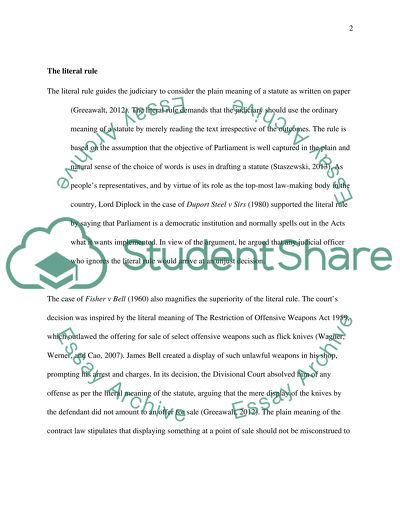Cite this document
(“Interpretation of Laws in the United Kingdom Essay”, n.d.)
Interpretation of Laws in the United Kingdom Essay. Retrieved from https://studentshare.org/law/1492047-interpretation-of-laws-in-the-united-kingdom
Interpretation of Laws in the United Kingdom Essay. Retrieved from https://studentshare.org/law/1492047-interpretation-of-laws-in-the-united-kingdom
(Interpretation of Laws in the United Kingdom Essay)
Interpretation of Laws in the United Kingdom Essay. https://studentshare.org/law/1492047-interpretation-of-laws-in-the-united-kingdom.
Interpretation of Laws in the United Kingdom Essay. https://studentshare.org/law/1492047-interpretation-of-laws-in-the-united-kingdom.
“Interpretation of Laws in the United Kingdom Essay”, n.d. https://studentshare.org/law/1492047-interpretation-of-laws-in-the-united-kingdom.


